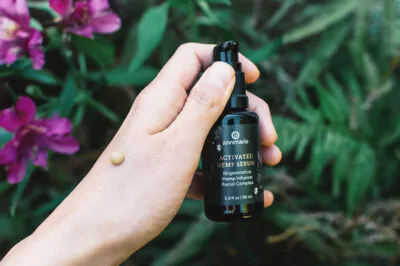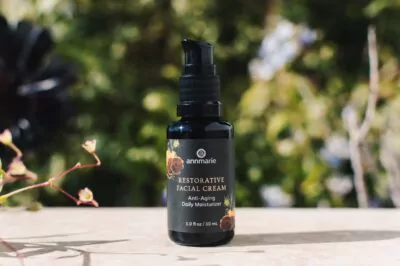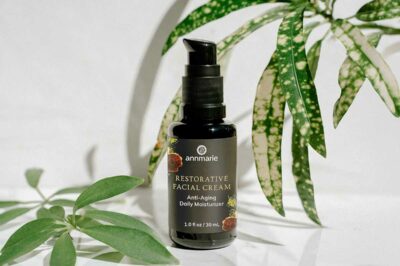Table of Contents[Hide][Show]
Have you heard that your aerosol hairspray may contribute to the decline of the ozone layer in the atmosphere? Back in the 1990s, chlorofluorocarbon (CFC) compounds were frequently found in aerosol sprays, air conditioning units, and as refrigerants.
When it was discovered that these chemicals were having a detrimental effect on the ozone layer, they were phased out in many products. In fact, the production of CFCs were actually banned in the U.S.
isobutane as a substitue
Manufacturers were encouraged to use safer chemicals, and today, hairspray, refrigerators, and other products are CFC-free. One of the alternative chemicals companies use in the same products is called “isobutane.”
Though demonstrated not to pose the same dangers to the ozone layer, this ingredient may still pose some minor health risks.
What is Isobutane?
Also called “methylpropane,” isobutane is a colorless and odorless gas derived from petroleum and natural gas. It’s used as a replacement for CFCs in cosmetic products like aerosol hairsprays and cooking sprays. It’s a foaming agent as well, which is why you’ll find it in mousses and shaving creams.
It also has solvent properties, which means that it may also show up in your cleansing products, hair conditioners, and makeup.
Is It Safe?
The FDA has reviewed the safety data associated with isobutane, and has listed it as generally recognized as safe (GRAS), approving it as an indirect food additive and for use in the manufacture of foamed plastics.
Cosmetic Ingredient Review
The Cosmetic Ingredient Review (CIR) evaluated scientific data and concluded that isobutane was safe as a cosmetic ingredient, confirming their conclusion most recently in 2002. Most toxicity studies have involved the inhalation of the ingredient rather than its effects on the skin, since the ingredient is a gas and is mostly used as a propellant. These panels assumed that contact with the skin would be minimal, as the gas evaporates quickly.
Skin Deep Database
The Skin Deep Database lists isobutene as a moderate hazard, mainly because it can encourage allergic reactions. Because it is a gas, however, tests are limited concerning its affects on skin. So far, any evidence of adverse effects on skin is limited to the liquid form, which is available only at very cold temperatures and can cause frostbite. Inhalation can cause coughing, wheezing, and labored breathing.
So far, we have no evidence that isobutene causes cell damage or cancerous changes. The gas is said to degrade rapidly in water and air, so it has a low potential for accumulating in the environment. It is a flammable gas, however, so it’s important that it be handled as such to avoid the risk of fire.
Safer, More Nourishing Choices
As long as you use your aerosol hairspray in a well-ventilated room and avoid breathing in the vapors, you’re not likely to experience any lasting health problems from this ingredient. If you’re like me, however, and don’t like the idea of spraying gases and other chemicals typically found in aerosol sprays around, you do have options:
Make Your Own
You can make your own spray by mixing lemon juice (or other citrus juices) with water and putting into a spray bottle, or try boiling a few teaspoons of sugar in water and pouring that into a fine mister bottle. Both will help hold hair in place while making it shine.
Go Organic
Choose an organic non-aerosol spray. Many are infused with natural extracts like rosemary, nettle, and thyme, which smell a lot better than isobutene gas. With a little trial and error, you may find one you enjoy a lot more than that stinky aerosol.








Do you use aerosol hair spray? Do you have natural alternatives to share? Please share in the comments!